This is the second of a series of articles on the 2009 San Francisco International Film Festival, held April 23-May 7. Part 1 was posted on May 20.
There is no shortage of human drama, but how well, how exhaustively, do current filmmakers treat it?
Written and directed by Frazer Bradshaw, Everything Strange and New somewhat timidly and tentatively takes note of changing circumstances in America.
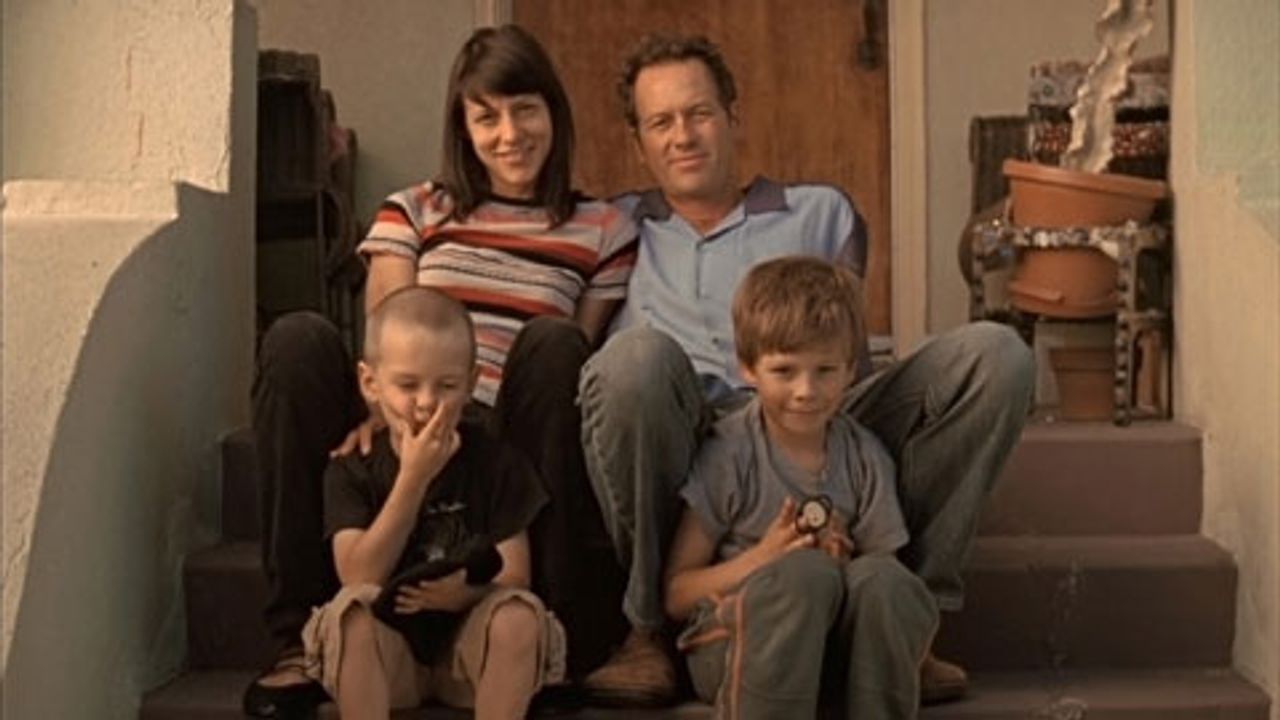 Everything Strange and New
Everything Strange and NewWayne (Jerry McDaniel), a carpenter, who lives in Oakland, California, begins by explaining that his marriage was initially pressure-free. Children arrived, two of them, and complications arose. The ad agency that employed his wife Renée (Beth Lisick) “went belly up.” Child care was too expensive and there was no point in her looking for other work. Wayne and Renée bought a house when they “were still cheap,” but now, like many others, the couple is in “negative equity.” In fact, they are only falling deeper in debt.
Wayne spends aimless time with friends Leo (Rigo Chacon, Jr.), whose marriage is in the process of breaking up, and Manny (Luis Saguar), who has developed a cocaine habit. Everyone in the film seems to be drifting downward through life, powerless to do much about it. In the end, individual violence erupts.
Bradshaw writes that the film “is a portrait of passivity within a vortex of change. Wayne finds himself at odds with the life he has and the life he wants.”
He also comments, “The neighborhood [where Bradshaw now lives in Oakland] is almost all working class folks, and it's pretty diverse. I've always felt that the average American is generally under-represented in cinema, and I really wanted to create a story that speaks to the experience and the troubles of being an average American and what the post-script is to having achieved the American Dream.”
A worthy ambition, but only partially realized in Everything Strange and New. Bradshaw portrays Wayne as a well-meaning individual, who shambles through his own life. However, passivity (and quasi-complacency) needn’t be portrayed passively (and quasi-complacently). The film idles and shambles somewhat too much. It is less attentive to the broader currents beneath the surface of American life.
The opening monologue raises financial and social problems, but they never play any active role in the film’s subsequent development. Various underdeveloped psychological issues drive the characters, culminating in a rather arbitrary act of violence. Bradshaw’s film was written and shot in 2007—a few things have happened since that time. Will he take note of them in subsequent films, and work with a greater artistic and social urgency?
Moroccan or French?
In French Girl (Française), directed by Souad El-Bouhati, Sofia, 10, and her family, live in France. They come from Morocco, but Sofia only knows France, and her best friend, Elodie, is native-born. In school, the teacher refers to Sofia’s African ancestry. Elodie is confused: “So what are you? African, French, Moroccan or Arab?” This is the film’s question too.
 French Girl
French GirlSofia’s father can’t find work; the family leaves their apartment in the middle of the night and returns to Morocco. Sofia doesn’t even have the chance to say goodbye to Elodie, who lives nearby.
Ten years later, Sofia (Hafsia Herzi) attends school in Morocco, but her heart is still fully set on returning to France. Her parents have promised to hand over her passport if she passes her exams. In fact, they have no intention of letting her go. The family is relatively prosperous, running a farm. The father (Maher Kamoun) is a bit weak, the mother (Farida Khekfa) tries to keep Sofia in line, sometimes with slaps to the face.
Sofia, in her brother’s words, tends to “overdo it a bit.” She’s very dramatic and a little sorry for herself on the score of returning to France. “If I stay here, I’ll die.”
The film has different tones, some of them appealing, others not so. The central character’s self-pity gets on one’s nerves at moments. At the same time, these are real issues for immigrants and their children. The filmmaker tips her hat at the social issues—in one scene in Morocco we meet Sofia’s friend who doesn’t have her education or opportunities and works in a factory (“It’s too late for me”)—but not much more than that.
An oil company’s depredations
Among the documentaries, Crude (directed and produced by Joe Berlinger) was one of the more compelling. It carefully recounts the ongoing battle by representatives of 30,000 dwellers of the Ecuadorian Amazon rain forest against US oil company Chevron.
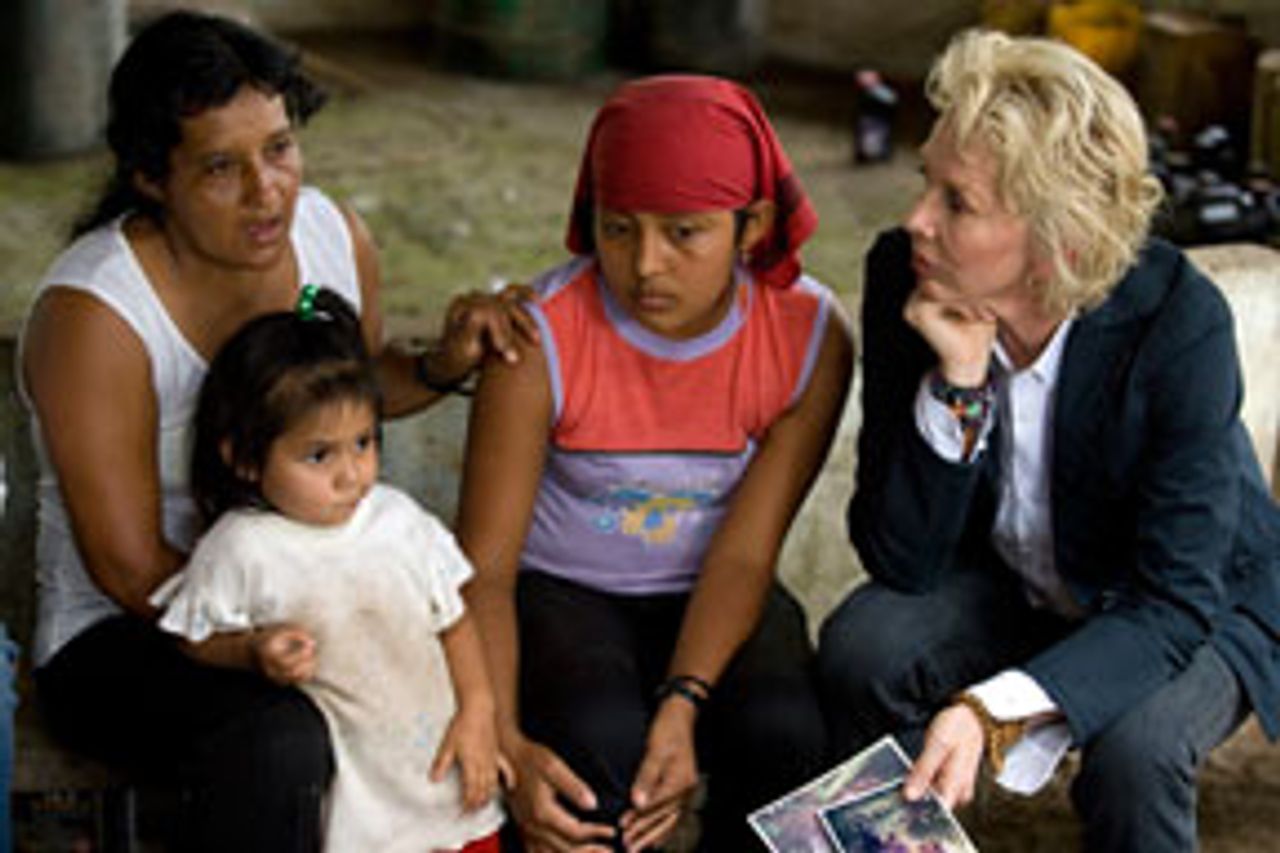 Crude
CrudeThe production notes explain, “The plaintiffs claim that Texaco—which merged with Chevron in 2001—spent three decades systematically contaminating one of the most biodiverse regions on Earth, poisoning the water, air and land. The plaintiffs allege that the pollution has created a ‘death zone’ in an area the size of Rhode Island, resulting in increased rates of cancer, leukemia, birth defects, and a multiplicity of other health ailments. They further allege that the oil operations in the region contributed to the destruction of indigenous peoples and irrevocably impacted their traditional way of life.”
The victims of this “Amazon Chernobyl,” perhaps the world’s worst oil-related disaster, confront a multinational giant with deep pockets. A suit was first filed in 1993, 26 years after Texaco drilled its first oil-well in the Ecuadorian Amazon and one year after its concession expired and PetroEcuador acquired complete ownership of the oil fields in question. Then for nine years a jurisdictional battle ensued (eventually won by Texaco), during which the oil company argued that the case should be tried in Ecuador, rather than in the US.
In 1995 Texaco signed a $40 million agreement with the Ecuadorian government, promising to conduct an environmental remediation of a portion of the site. The victims subsequently charged that the operation was inadequate and fraudulent. Three years later, the same government exempted the oil giant from all future government claims, but not those of private, third-party individuals.
A lawsuit against (now) Chevron was filed in an Ecuadorian court in 2003. Principal photography on Crude began in November 2005. The film follows the various participants, including lawyers, company representatives and spokesmen for the local people. Trudie Styler, musician Sting’s wife, becomes involved, and the cause gains further publicity. The lawyers and victims’ representatives place great hopes in Rafael Correa, elected Ecuador’s president in 2006, who does tour the contaminated area with full media fanfare.
In April 2008 a court-appointed expert submitted a “non-binding” report, recommending that Chevron pay up to $16 billion in clean-up costs, damages and compensation, a figure later increased to $27.3 billion.
Chevron is still fighting the case, refusing to settle and plans to appeal any unfavorable verdict, expected later in 2009. The illnesses in Ecuador continue to mount.
Crude makes disturbing viewing, with all its political limitations and illusions taken into account.
Other documentaries
In Empress Hotel, veteran documentary makers Allie Light and Irving Saraf report on the lives of some of San Francisco’s homeless. The Empress Hotel is a 90-room establishment, operated by the city’s Department of Public Health. Its rooms are available only to sufferers of mental illness or addiction who have been living on the street.
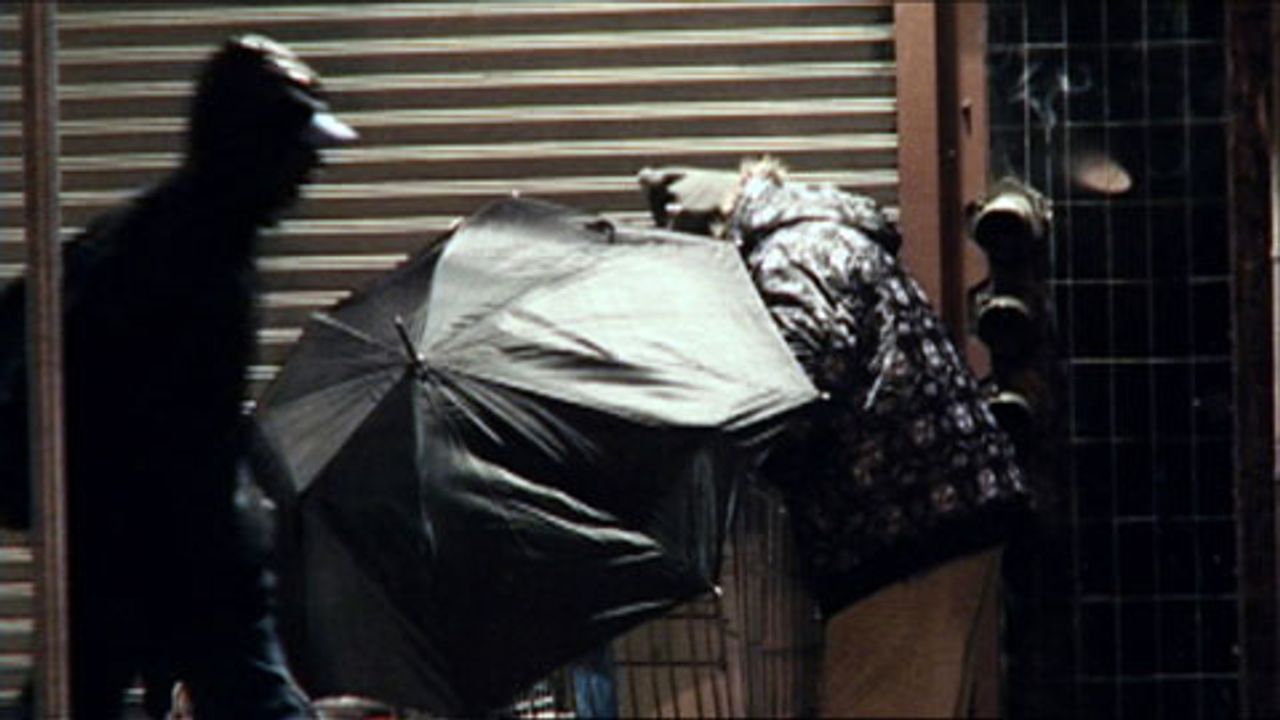 Empress Hotel
Empress HotelThere are honest and sometimes painful interviews with the facility’s residents, who are all in serious difficulty of one kind or another. They range from a recovering crack addict who weighs a mere 84 pounds (“I’m scared when I’m 50, I’ll die—I’m lonely all the time”), a degree-holder from MIT who has been living on the street, and a once successful publisher afflicted by religious mania, to a former amateur boxer with a history of anger and violence (“Prison is nowhere for anyone to be”).
The filmmakers explain: “Our two years of filming in the Empress Hotel was also our introduction to San Francisco’s Tenderloin, a center of drugs, poverty and mental illness. We are in our 70s now, and we traveled to the hotel on BART [subway] carrying our camera in a shopping bag. In Tenderloin where we repeatedly walked for many months, no panhandlers approached us and no one tried to sell us drugs—meaning that we looked like every other senior in the area.”
California Company Town is the last word in a certain kind of passive documentary-making, or “quiet restraint,” if you prefer an admiring commentator’s phrase. Lee Anne Schmitt, a member of CalArts’ graduate Film Directing Program, has been researching, visiting and filming some of California’s abandoned towns since 2003. The communities, once dominated by lumber, mining or oil firms, are now deserted. One, Kaweah, was founded as a utopian socialist settlement in the 1880s.
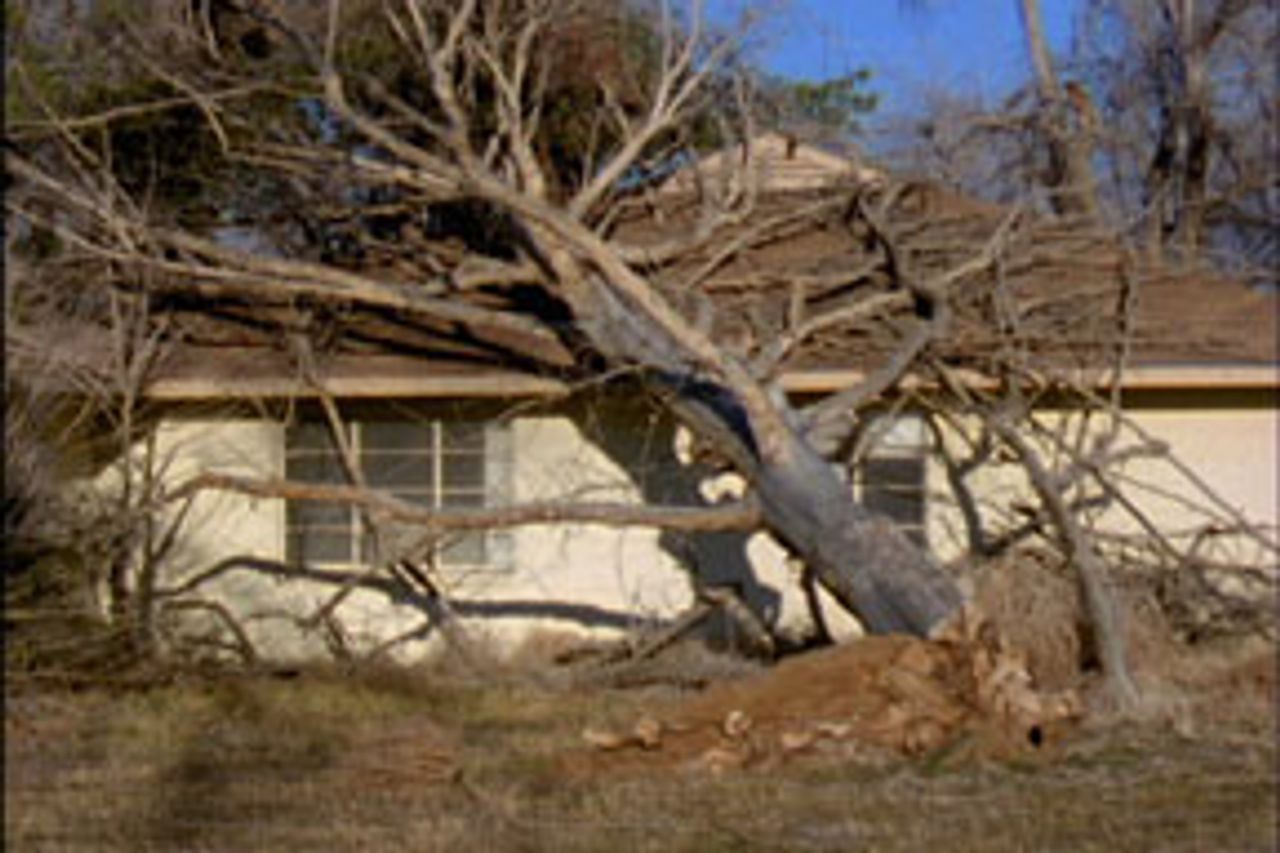 California Company Town
California Company TownSome of the images and brief histories are fascinating (touching on corporate malfeasance, labor struggles, US government policy and individual accomplishment or eccentricity), and revealing, but Schmitt is so determined to proceed “cautiously” (the same commentator’s word) that a good deal is lost. Her approach, summed up in the comment, “The reality of our world was born out of very specific moments and choices, a construction that is neither organic nor inevitable,” is overly academic and ungenerous.
The documentary “talking head” format undoubtedly has long since become something of a cliché, but that’s not a reason to expel all human presence, which is minimal in California Company Town, aside from Schmitt’s own narration. Of course, the point here is absence, emptiness, abandonment, but, again, artistic form needn’t stand in such a non-contradictory relation to content. It is a little too easy to sidestep the complex implications of the history in this fashion.
Living people, whose lives were shaped by definite social relations, breathed, struggled, loved and died in these towns. A little more of Orson Welles’s “smell of human sweat” (see Part 1) would help in this particular case.
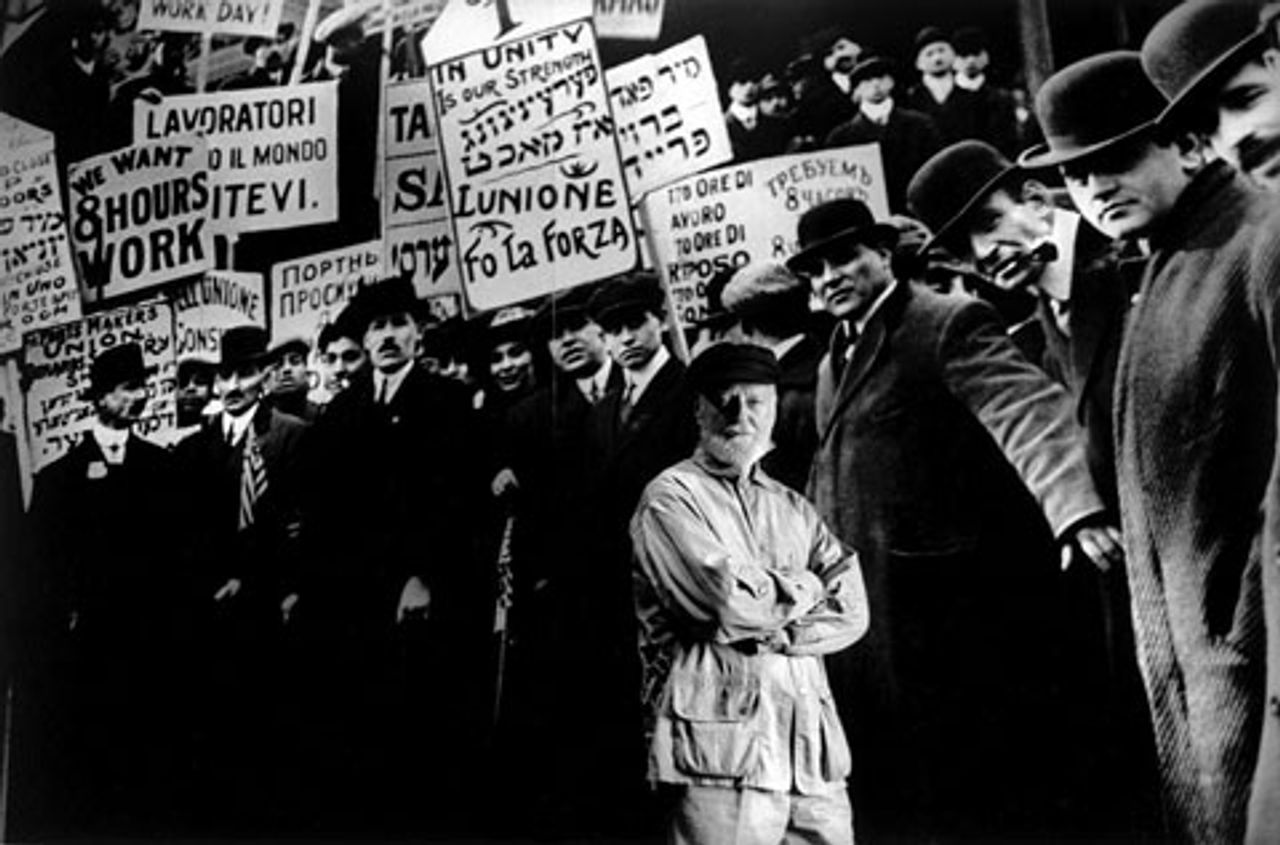 Ferlinghetti
FerlinghettiAmerican poet Lawrence Ferlinghetti is the subject of Christopher Felver’s Ferlinghetti. Associated with the Beats in the 1950s, although not one of them, and longtime owner of City Lights bookstore and publishing, Ferlinghetti’s life is an intriguing one. As a Navy serviceman he found himself walking through the ruins of Nagasaki, less than two months after the US dropped an atomic bomb on the Japanese city. Ferlinghetti saw “flesh, bones fused to objects.” The experience “made me an instant pacifist,” he explains.
In the Eisenhower 50s, Ferlinghetti was an anarchist and a non-conformist, becoming a fixture in San Francisco’s North Beach district in 1953. Later in the decade, Ferlinghetti became associated with a well-known free speech case, a censorship trial versus the City of San Francisco over Allen Ginsberg’s Howl. The work was declared not obscene in 1957, which helped break down barriers in the US.
A series of talking heads, from Amiri Baraka to Dennis Hopper, testify on Ferlinghetti’s behalf. Some of this is revealing, some of it self-congratulatory. We see Ferlinghetti in 1982 declaring himself to be “a committed political revolutionary.” He was no such thing, and later, to prove the point, we see an unpleasant Malthusian moment during which he declares overpopulation to be “the problem of problems.”
In any event, Ferlinghetti, whose most famous work remains A Coney Island of the Mind (1958), is probably not a major poet, although he is a likeable one. He may be more significant, in the end, as a producer or organizer of other people’s writing and activities. Ferlinghetti perhaps had revolutionary aspirations and inclinations, but, in that regard, the poet was certainly the victim of an unfavorable time and place.
The author recommends:
San Francisco International Film Festival 2009–Part 1: Painful truths
[20 May 2009]
To be continued
